A great phone doesn’t need a great back story. But it certainly doesn’t hurt.
The world wasn’t exactly desperate for another player or a new spin on Android when OnePlus partnered with Cyanogen to announce the One in April 2014 (a measly five months after launching the company), but the company managed to build a passionate online following while impressing the pants off reviewers with a strong, nicely priced piece of hardware that seemingly came out of nowhere.
Since then, the company’s story has been one of hardware successes, peppered by a few missteps along the way — but at the very least, the upstart Chinese handset manufacturer has never not been fascinating. The sentiment certainly extends to the launch of the OnePlus 3.
The company’s fourth smartphone in just over two years arrives as it enters a sort of crossroads between plucky hardware startup and fully mature phone manufacturer. With this release, the company drops its oft-discussed invite system, a hardware take on public betas used to launch applications like Gmail, which served to both engage consumer interest and develop a kind of scarcity that found both the phones and invites themselves popular auction items on sites like eBay.
But even as it dropped the system for the release of the 3, clearly OnePlus still sees value in novelty for the sake of setting itself apart from the smartphone throngs, once again taking to virtual reality to launch the device, a clever workaround for the company’s relatively small PR machine that both gets notice and puts its devoted fan base on equal footing with the tech press and industry insiders.
What’s perhaps most notable about the OnePlus 3, however, is how devoid of novelty the phone itself is. Meeting with Carl Pei ahead of launch, the co-founder pointed to the phone’s fast charging system as a differentiator. While interesting, it’s not exactly earth-shattering. And that’s the point, really. The new handset isn’t a device steeped in novelty or one willing to sacrifice some interesting feature for the sake of build quality. It’s a phone that’s very serious about getting as much right as possible — and doing so while coming in way under budget.
At a glance
- 5.5-inch Optic AMOLED display
- Unibody build
- Super-fast dash charging
- $399
Life after sandstone
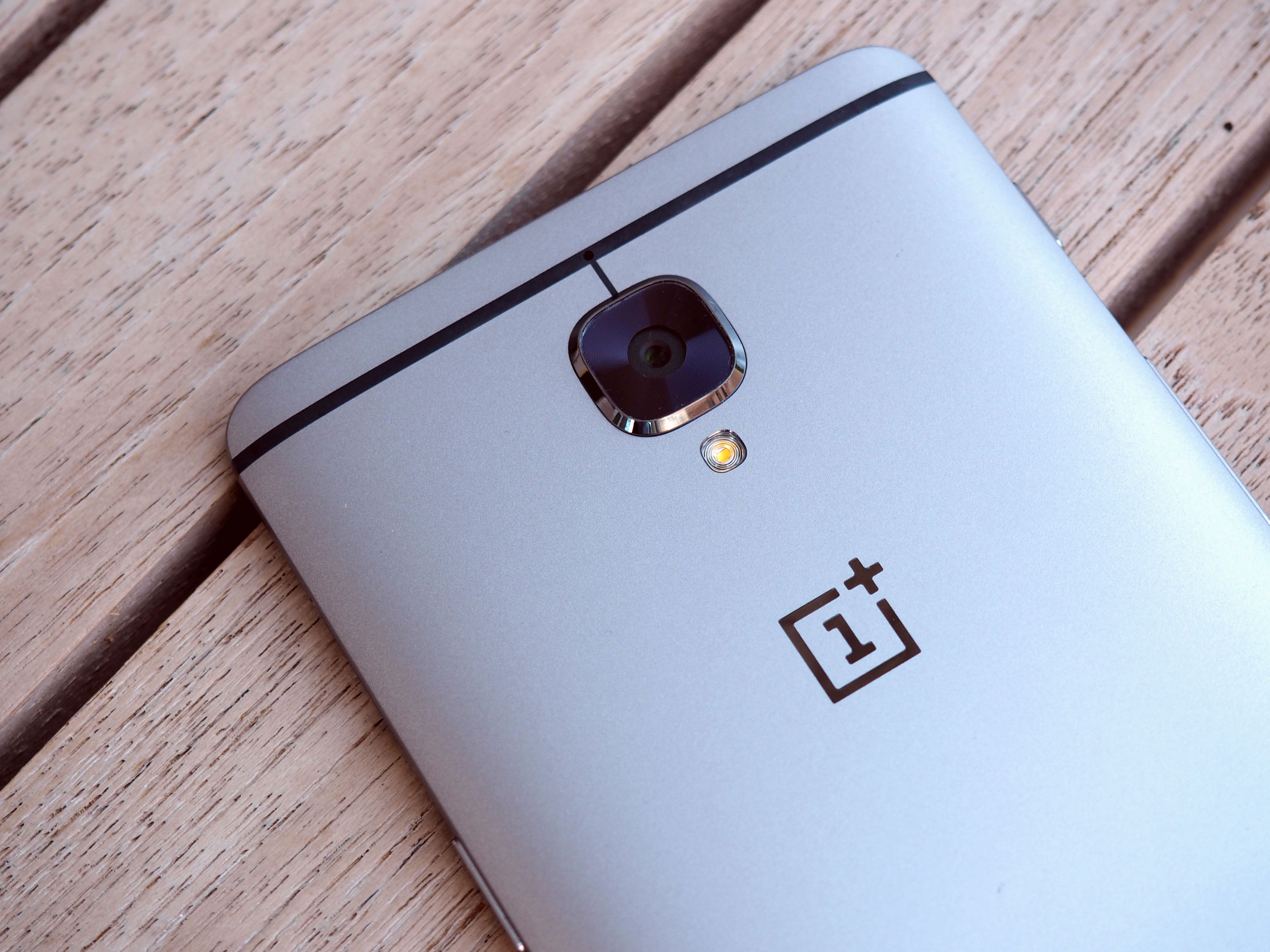
Gone are the days of sandstone backings. It was no doubt a difficult trigger for OnePlus to pull, as it was the single most iconic piece of the company’s design language, dating back to the first generation. In fact, late last year, the company cheekily issued a sandstone case for the iPhone 6, bringing the textured backing (and logo) to Apple’s ubiquitous handset.
Like most of the rest of the industry, the company’s gone unibody here. And while some fans will no doubt decry a sense of sameness, unlike, say, certain HTC phones, the handset won’t be mistaken for an iPhone any time soon.
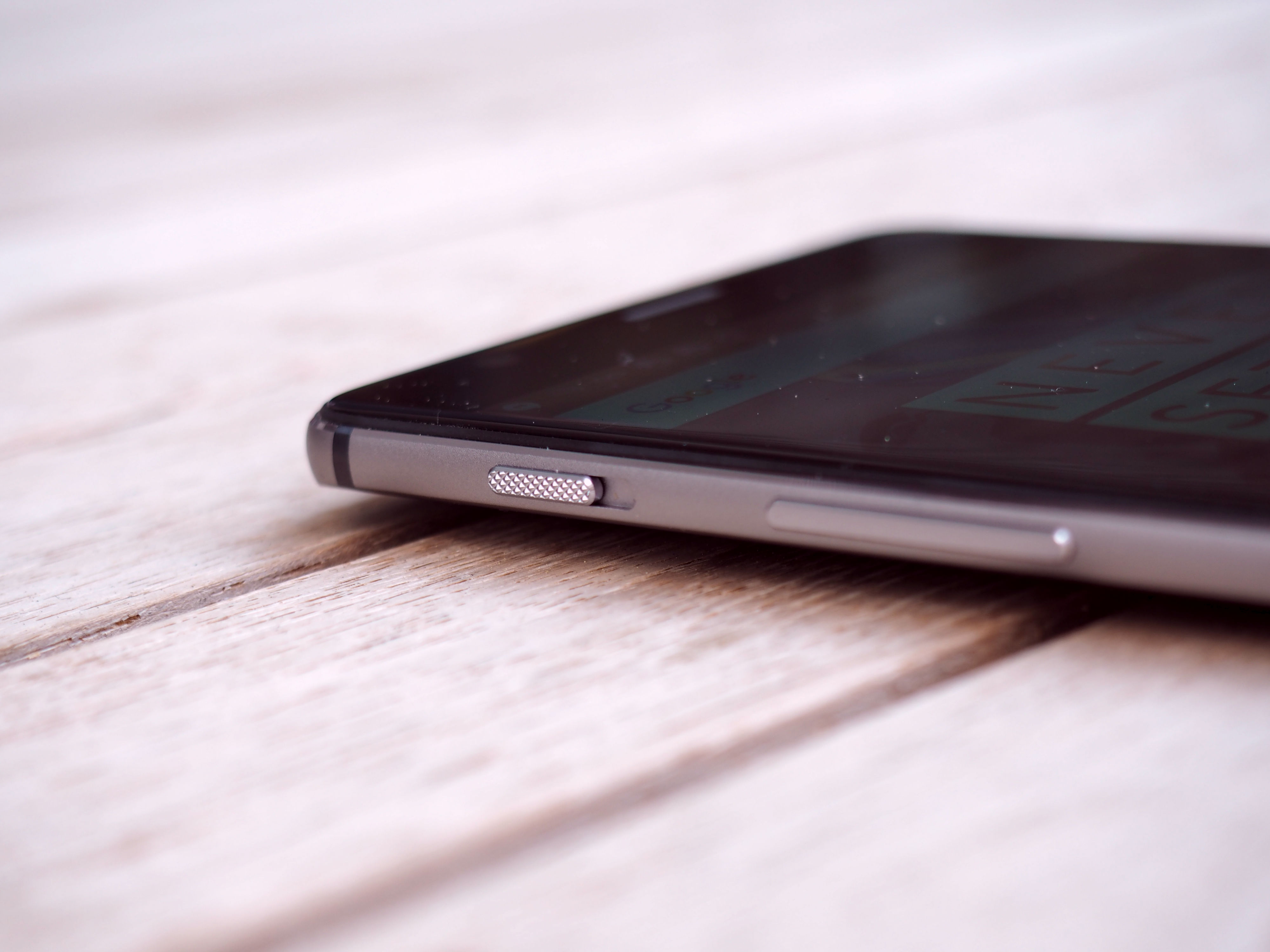
The curves are reminiscent of Samsung’s latest offerings, but the single slab of aluminum is a bit more tasteful than the Galaxy S series’ tendency toward plastic accents. It’s a lovely bit of hardware that marries straight lines and curves into an extremely solid handset that’s also quite thin, measuring in at 7.3mm.
The slightly convex back conforms nicely to the hand, and in spite of the big 5.5-inch display, the phone doesn’t feel overly large (though the straight edges do feel somewhat sharp in the hand). This is pretty easily resolved by popping a case on the thing. And yes, it comes in sandstone.
AV club
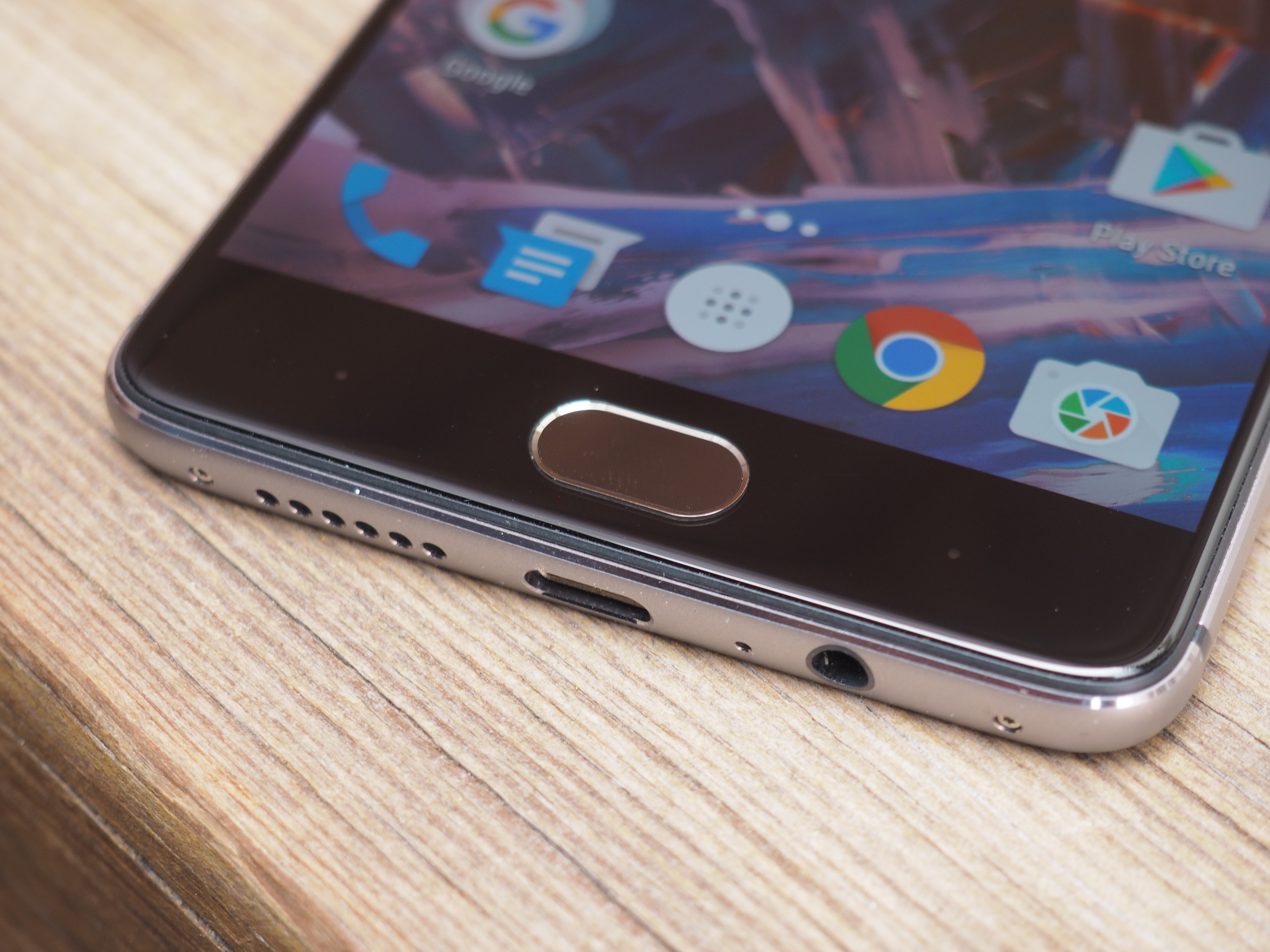
The OnePlus 3’s centerpiece is a 5.5-inch 1920 x 1080 pixel display that clocks in at 401 PPI, the same as what you’ll find on the iPhone 6s Plus. It’s not the highest res display around — it’s pretty well outpaced by the Galaxy Note 5’s 2560 x 1440 (518 PPI — but it’s sharp and bright without being oversaturated and has really excellent viewing angles.
The speaker, a small sextet of holes located on the bottom of the device just to the left of the USB-C port, got plenty loud, though you’re going to want to connect to a Bluetooth speaker or plug in a pair of headphones in you plan on listening for an extended period of time.
A breath of fresh air
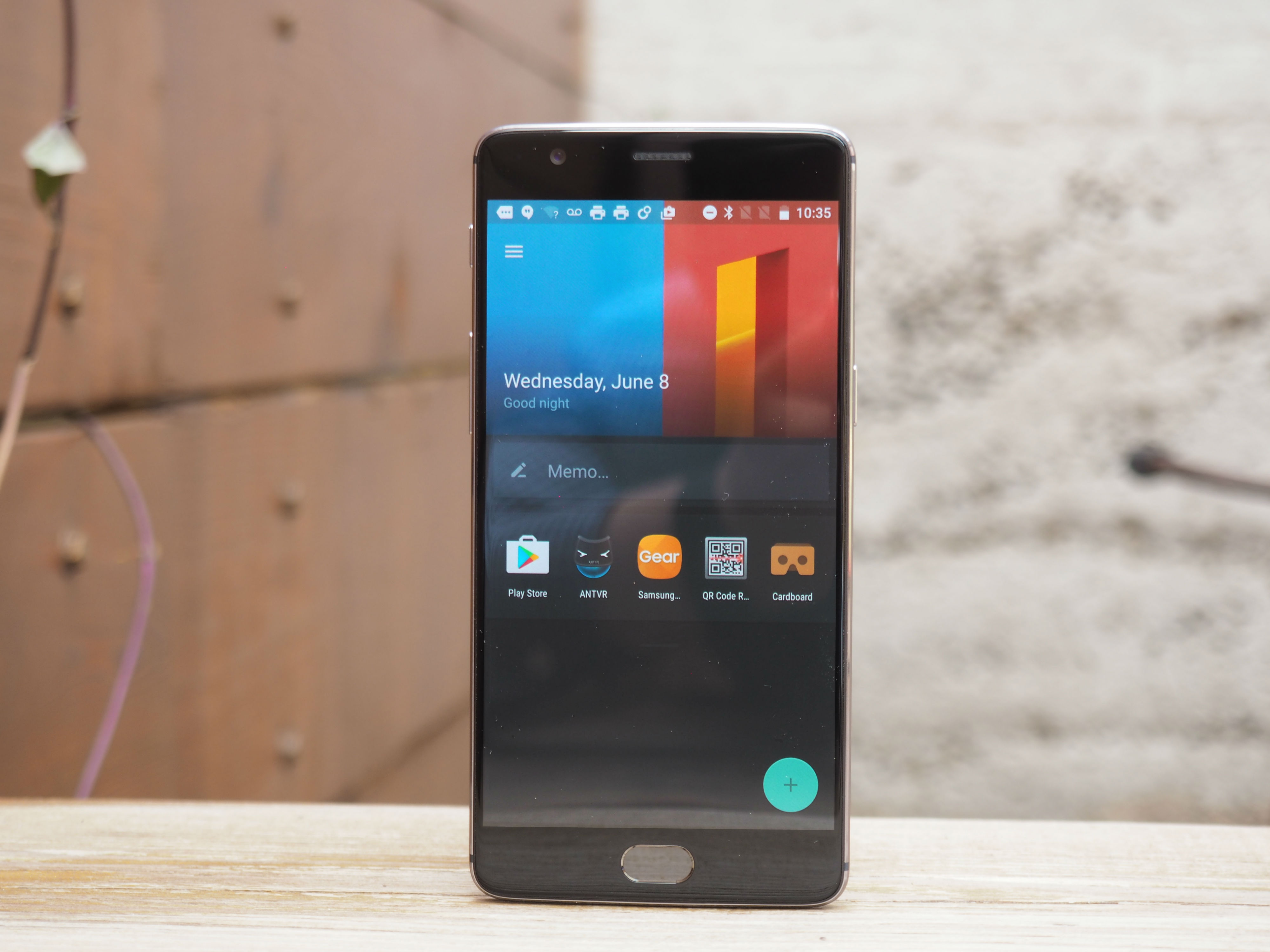
Fire up the handset with the lightning-fast fingerprint scanner and you’ll be greeted by brightly colored wallpaper sporting the company’s less-than-subtle “Never Settle” slogan at the top. This is OxygenOS. After that initial flirtation with Cyanogen, OnePlus opted to go it alone, developing a proprietary operating system built atop of Android — in this case, 6.0.1.
The operating system’s not-so-dirty-little-secret is that it sticks pretty close to stock Android. It’s a good thing, really, as anyone who’s ever had a phone skinned beyond recognition will happily attest. Here OnePlus mostly employs a light touch, adding features like Shelf, a page for aggregating apps and widgets just to the left of the homepage.
Like shelf, most of the other additions come down to letting users customize their settings, from LED light and search bar configuration to the ability to activate the display with the wave of a hand. Nothing too earth-shattering here, but it’s nice to see the company take the initiative to customize and tweak the operating system for its various devices.
It’s what’s inside that counts
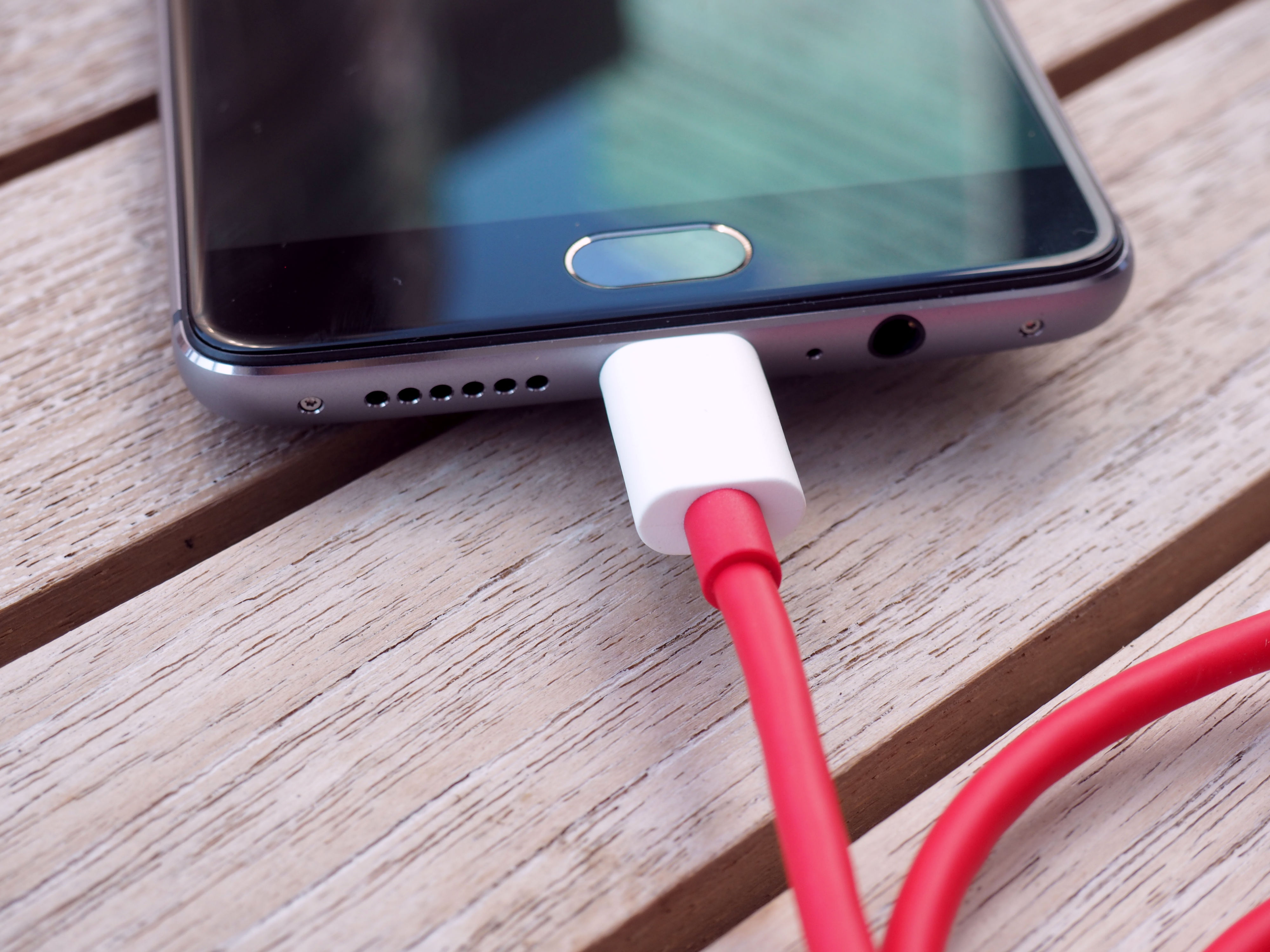
Of course, the key to making a truly premium flagship lies under the hood. Accordingly, OnePlus delivers the goods there, as well. A quad-core Snapdragon 820 processor coupled with an extremely generous 6GB of RAM makes for some extremely zippy processing. There’s also a standard 64GB of storage, dual-SIM slots for those who really dig carrier freedom and NFC for mobile payments.
And then, of course, there’s the 3,000 mAh battery — that’s the same as what’s offered on the most recent Galaxy Note (a slight downgrade from its predecessor). I got a couple of days’ use out of the phone, no problem — but the company’s real push here is on, as mentioned above, the charging front. Of course, OnePlus isn’t the only company to offer a quick-charging via USB-C.
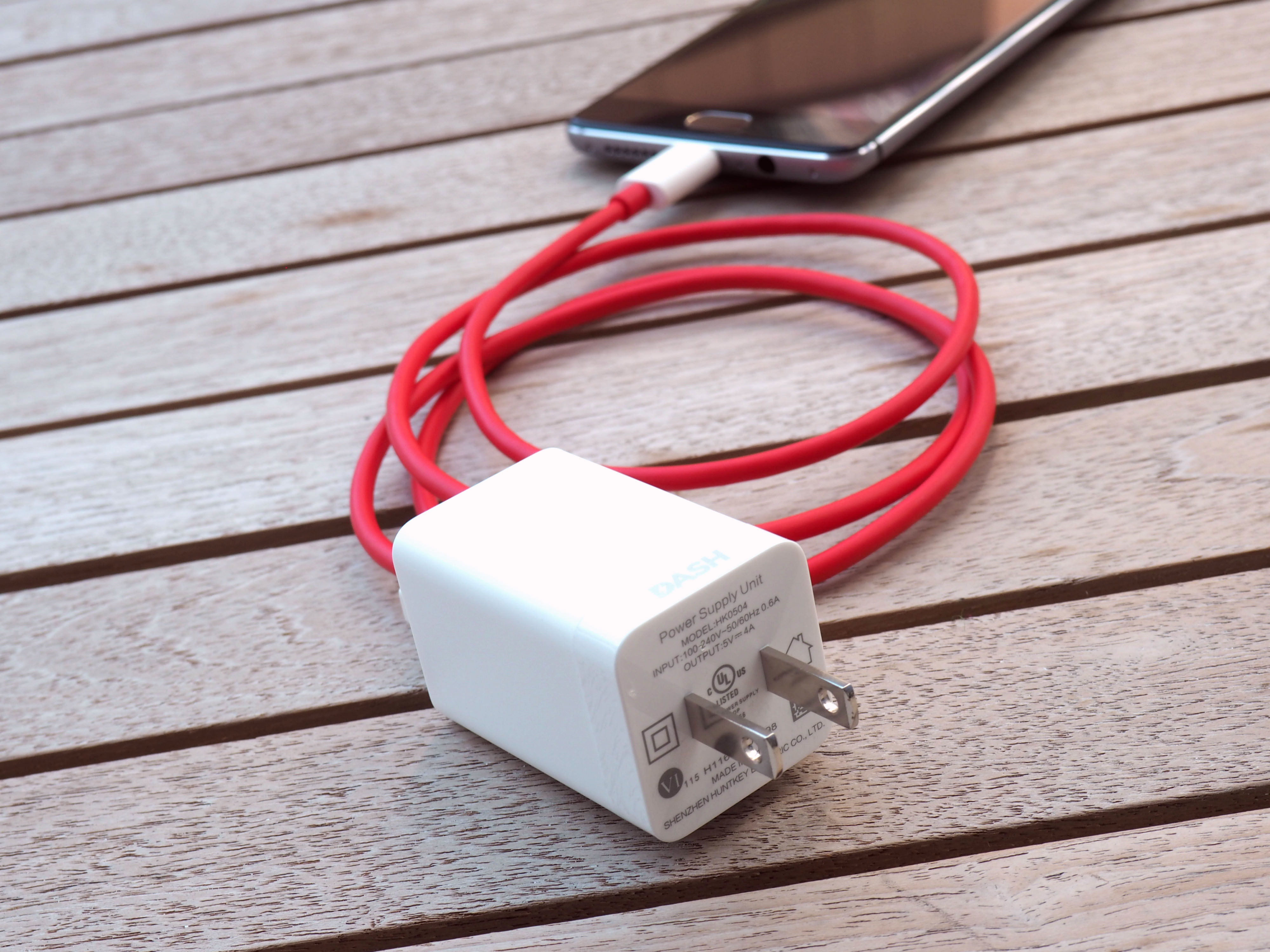
What is different, however, is that the speedy charging is off-set to the adapter, rather than the phone itself. That means, among other things, that the handset is less likely to overheat during the charging process, allowing the device to charge quickly without the handset getting too hot, offering around a 60 percent charge after being plugged in for half an hour.
Of course it also means the plug is a bit bulkier than a lot of the other phone adapters — and that you won’t be able to take advantage of the quick top-up when the adapter isn’t handy. But it’s a nice feature nonetheless.
And a nice price, to boot
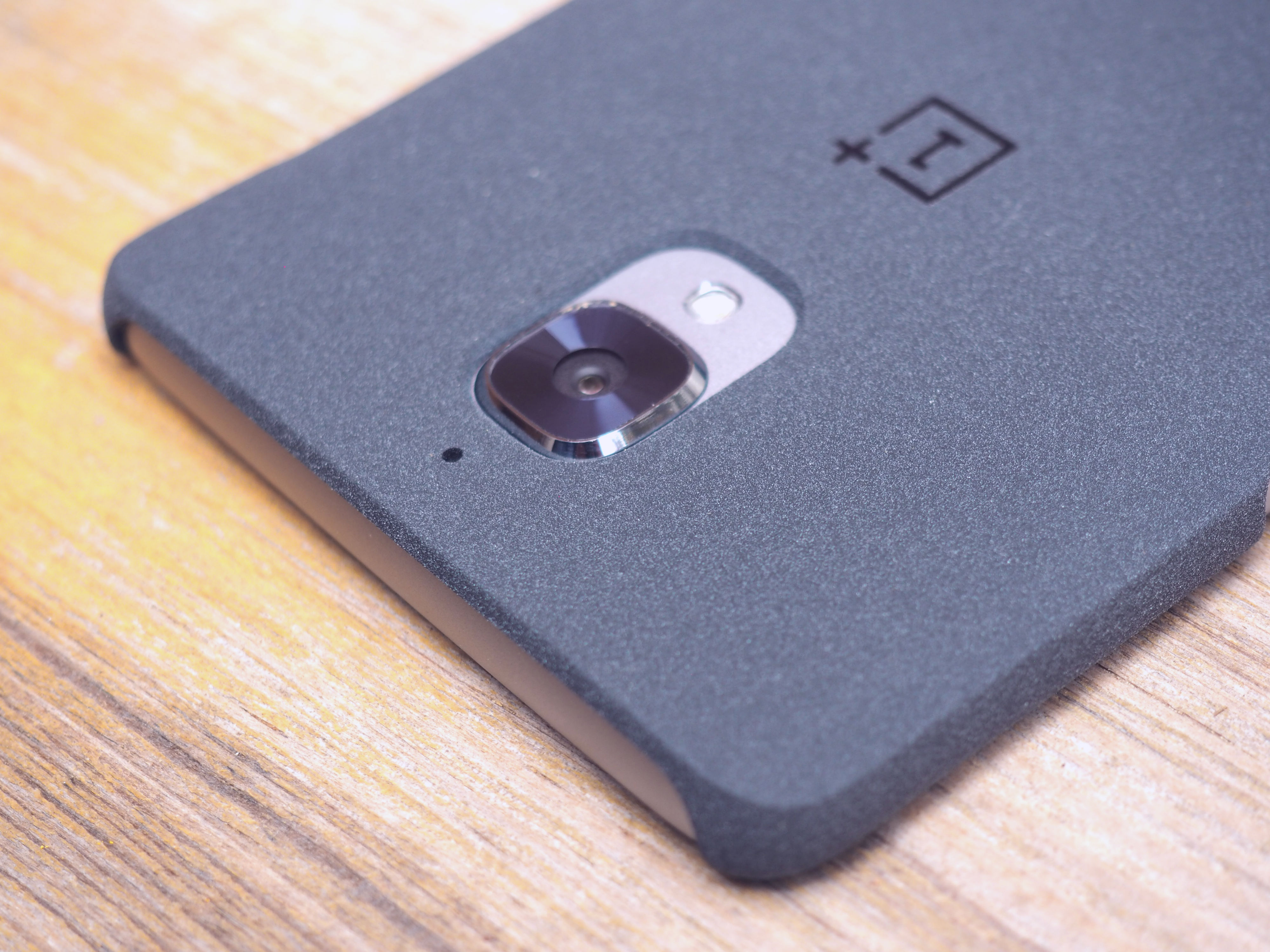
OnePlus has too much pride to lead with this fact: The company’s secret weapon has always been pricing. Their Shenzhen location may play a bit of a role in that, but the company has primarily benefited from its own distribution system and a pared down staff and advertising budget, so they can, as the saying goes, pass the savings on to you.
The OnePlus 3 runs $399 in all of its 64GB glory — that’s $70 more than the similarly configured OnePlus 2. More to the point, it’s significantly less expensive than the $800 and $749 asking prices for the 64GB editions of the Galaxy Note 5 and iPhone 6s Plus, respectively. The handset might not be able to go toe to toe on every spec with those behemoths, nor does it have as robust an ecosystem (it’s only been a company for 2.5 years, for goodness sake), but it’s one of the most well-rounded handsets around.
With the 3, OnePlus isn’t looking to create something radically different, so much as prove that a great phone doesn’t need to cost and arm and a leg. And with a bunch more open distribution systems post-invite, it’s a message that just might catch on.
